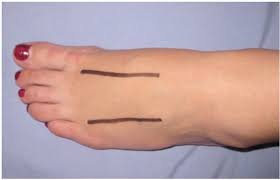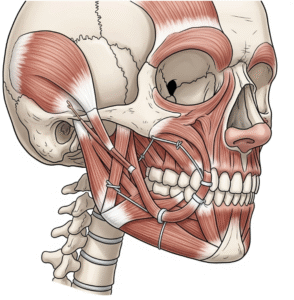Overview
Compartment syndrome is a serious condition in which increased pressure within a muscle compartment reduces blood flow, potentially causing tissue damage and permanent disability if untreated. In Korea, orthopedic and trauma centers provide rapid diagnosis, surgical intervention, and rehabilitation to manage this emergency effectively.
What is Compartment Syndrome?
Compartment syndrome occurs when pressure builds up within a confined muscle space, usually following trauma, fractures, or severe swelling. This increased pressure restricts blood flow, depriving muscles and nerves of oxygen, and can result in permanent damage if not promptly treated.
Symptoms
- Severe, increasing pain, often out of proportion to the injury
- Swelling and tightness in the affected limb
- Numbness or tingling (paresthesia)
- Weakness or difficulty moving the affected area
- Pale or bluish skin in severe cases
- Decreased pulse in advanced cases (late sign)
Causes
- Fractures (especially of the forearm or lower leg)
- Crush injuries or trauma
- Severe burns or soft tissue injury
- Tight bandages, casts, or splints
- Intense exercise (rare cases, exertional compartment syndrome)
- Blood clots or bleeding within the compartment
Risk Factors
- Traumatic injuries or fractures
- Post-surgical swelling or hematoma
- Burns or severe soft tissue damage
- Tight immobilization devices (casts, dressings)
- High-intensity sports or repeated exertion
Complications
- Permanent nerve damage leading to numbness or weakness
- Muscle death (rhabdomyolysis) and contractures
- Chronic pain or functional impairment
- Amputation in severe, untreated cases
- Kidney damage from breakdown of muscle tissue (myoglobinuria)
Prevention
- Proper monitoring of limb swelling after injury or surgery
- Avoid excessively tight bandages or casts
- Early recognition of warning symptoms
- Prompt medical attention following trauma
Treatment Options in Korea
Treatment focuses on emergency intervention and supportive care:
- Surgical Intervention (Fasciotomy)
- Immediate release of pressure by surgically opening the affected compartment
- Performed under general or regional anesthesia
- Reduces risk of permanent nerve and muscle damage
- Supportive Care
- Pain management and hydration
- Monitoring of kidney function if muscle breakdown is significant
- Physical therapy and rehabilitation after surgery













